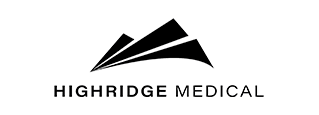A New Chapter in Our Story
On April 1, 2024, ZimVie announced the sale of its Spine and EBI Bone Healing businesses to an affiliate of H.I.G. Capital. Those innovative, industry-leading products are now available from H.I.G.’s new portfolio company, HIGHRIDGE MEDICAL.
Click here to visit the HIGHRIDGE website.
*As is customary in these transactions and to ensure effective servicing of the Spine businesses, for a transition period after the sale date, ZimVie will continue serving Spine customers in Austria, Belgium, Brazil, Canada, Germany, Italy, Japan, Netherlands, Spain, Switzerland, Taiwan, and the UK, under the existing legal entities until further notice.
